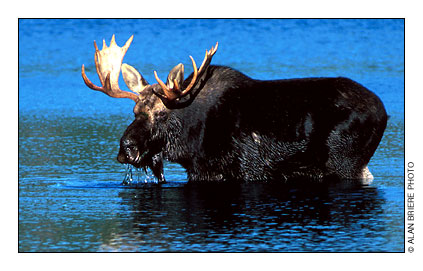 “What we did to protect animals actually protected roads,” said Vermont Agency of Natural Resources secretary Deb Markowitz at a general session at the Northeastern Transportation and Wildlife Conference this week (Sept. 21 – 24) in Burlington, Vermont. In places where culverts had been resized to allow wildlife to walk along the banks during low flow periods, the culverts have held during floods like the one caused by Tropical Storm Irene in Vermont.
“What we did to protect animals actually protected roads,” said Vermont Agency of Natural Resources secretary Deb Markowitz at a general session at the Northeastern Transportation and Wildlife Conference this week (Sept. 21 – 24) in Burlington, Vermont. In places where culverts had been resized to allow wildlife to walk along the banks during low flow periods, the culverts have held during floods like the one caused by Tropical Storm Irene in Vermont.
A documentary on the Highway Wilding project that built wildlife passages along the TransCanada Highway in Banff National Park said that the cost of hitting a moose with a vehicle averages $30,000. Hitting a deer averages over $1,000. It doesn’t take many wildlife collisions to cost-justify a wildlife crossing, the documentary said, and some highway locations are the scene of hundreds of collisions.
Photo: Camera fail. None of my photos of Markowitz speaking even made it onto my camera’s memory card. Here’s her official portrait off the Vermont Agency of Natural Resources website.

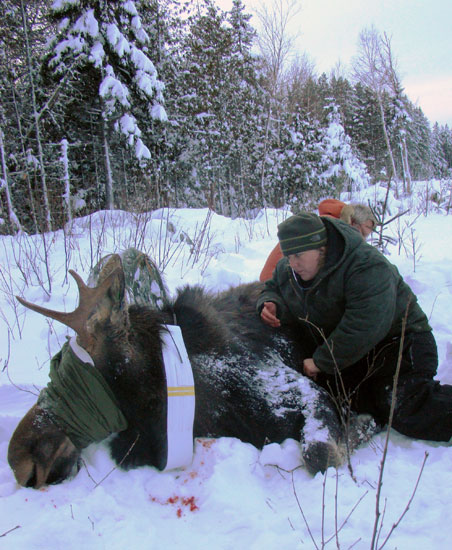 Montana Fish, Wildlife and Parks has begun a 10-year study of moose in the state to try to determine the cause of a 75 percent over the last 20 years, says
Montana Fish, Wildlife and Parks has begun a 10-year study of moose in the state to try to determine the cause of a 75 percent over the last 20 years, says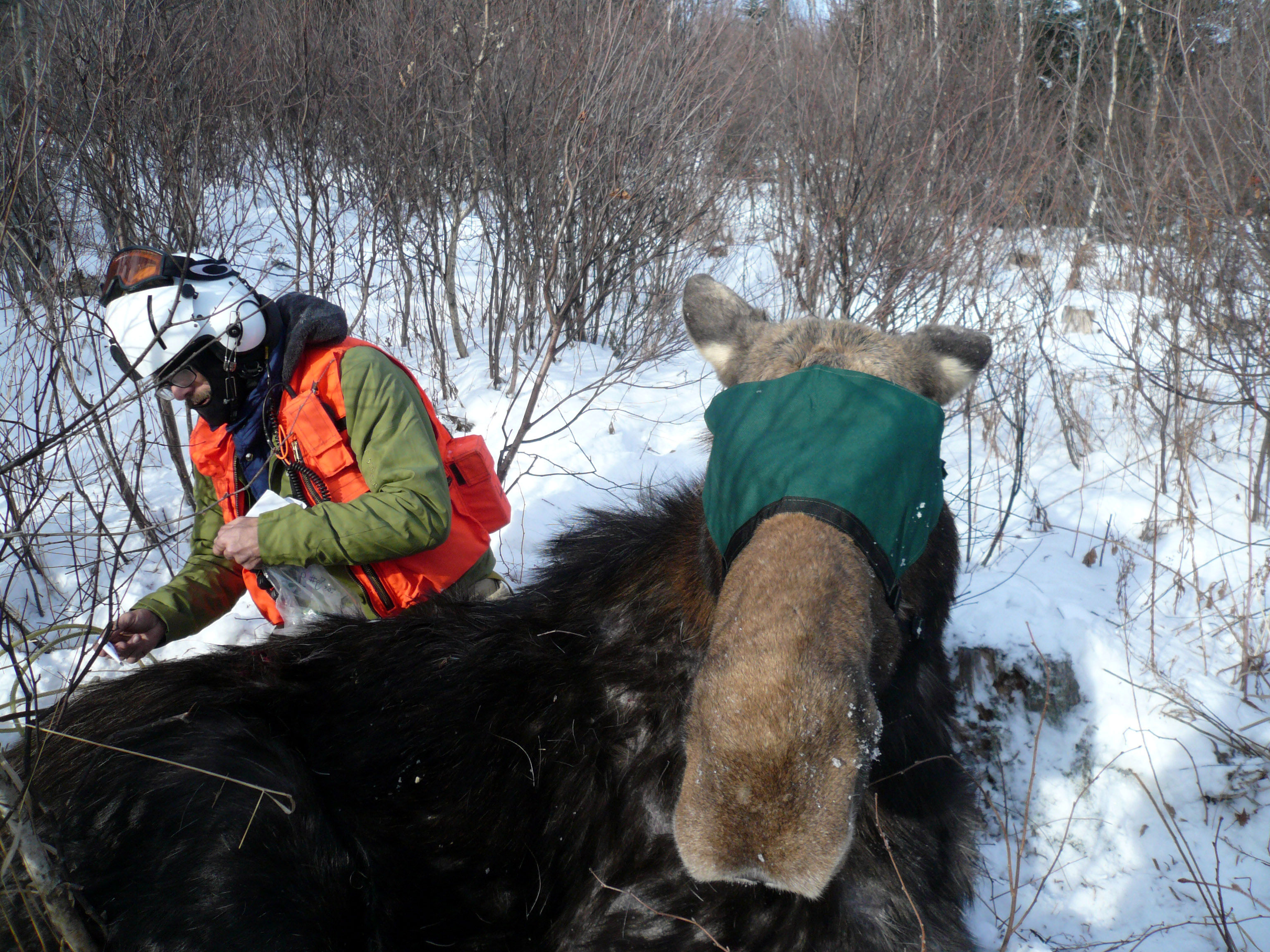 A total of 43 moose were captured and collared during the first two weeks of a three year moose study in New Hampshire,
A total of 43 moose were captured and collared during the first two weeks of a three year moose study in New Hampshire, 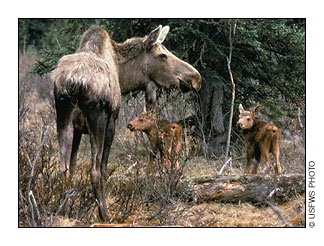 Between January 20 and February 2, 2014, the New Hampshire Department of Fish and Game will be collaring moose in the northern part of the state to study moose decline,
Between January 20 and February 2, 2014, the New Hampshire Department of Fish and Game will be collaring moose in the northern part of the state to study moose decline, The Wyoming Game and Fish Department and the Wyoming Cooperative Fish and Wildlife Research Unit recently collared 28 cow moose to add to the 65 moose they are already tracking with GPS collars,
The Wyoming Game and Fish Department and the Wyoming Cooperative Fish and Wildlife Research Unit recently collared 28 cow moose to add to the 65 moose they are already tracking with GPS collars, 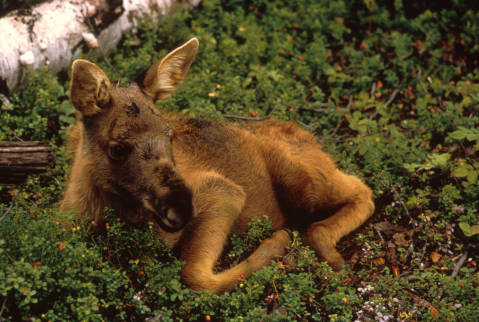 Late last month Minnesota Department of Natural Resources researchers collared 49 moose calves within hours of their birth,
Late last month Minnesota Department of Natural Resources researchers collared 49 moose calves within hours of their birth, 